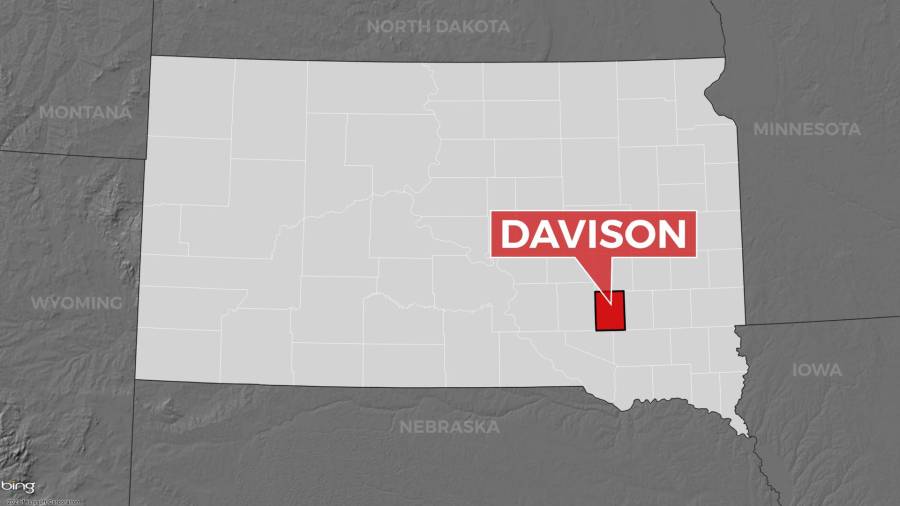SIOUX FALLS, S.D. (KELO) — The flu season has arrived in KELOLAND and area professionals are weighing in on what they are expecting this year and how everyone can avoid catching a cold.
According to the Department of Health’s (DOH) website, since October 15 there are currently 11 influenza cases within the state of South Dakota, with the cases appearing in Butte, Fall River, Yankton, Minnehaha and Pennington Counties.
Joshua Clayton, State Epidemiologist, said it has been a slow start to the flu season, adding there have only been 11 cases of influenza in the state so far with no hospitalizations or deaths.
“Our typical flu/respiratory disease season runs about that first week in October, through about the middle of May. So we do see influenza, we see COVID, we see RSV, and other, respiratory pathogens that tend to circulate during that time.”
Clayton said while they are just getting underway with their typical vaccination portion of the season, the data does show a concerning drop in immunization coverage, adding they have seen a drop over the last 6 years.
Everything to know about South Dakota’s state bird
“What we have seen so far this year is over 48,000 doses of influenza vaccine have been administered in South Dakota, that’s still a far cry from the 237,000 influenza doses that were administered in the state last year,” Clayton said. “Unfortunately, we have seen a concerning trend where our influenza vaccination coverage has decreased. About 6 years ago, it was about 60% and then last flu season, it was about 50%.
Clayton added that both in South Dakota and nationally, the peak of the influenza season is typically sometime in February.
“What we have seen in 5 of the past 8 years is that our influenza season peaks in February, very strong evidence there, and then, at the national level, we have seen influenza typically peak in February most often over the past 40 years,” Clayton said.
Erica Schipper, Sanford Chief Medical Officer, added that the Center for Disease Control is expecting what they consider to be a moderate flu season.
“Last year was actually a pretty high-severity flu season; we saw the highest rate of hospitalizations last year than we’ve seen since about 2010,” Schipper said. “Historically, we’ve not seen two high-severity seasons back to back, so the best educated guess based on what’s been circulating across the globe is that it’s gonna be a moderate season this year.”
Schipper said the influenza season ramps up when people start to gather indoors and temperatures drop
“It really is more about all the close togetherness and usually getting less fresh air and being less spread out,” Schipper said. “Being cold doesn’t necessarily make you sick, it’s really more being exposed more closely to viruses.”
Dr. Jared Friedman, Avera Chief Medical Officer, said influenza is typically very non-specific.
“it’s a cough, it’s a runny nose, it’s a fever, it’s headaches, one thing that usually goes along with influenza as well is people will have body aches and pains, all of their muscles hurt throughout their body,” Friedman said.
Friedman said if you experience a mild illness, you can try taking acetaminophen or ibuprofen to help with those muscle aches and pains or the fevers.
“If you are experiencing a mild illness, that doesn’t mean that you necessarily have to come into the clinic to be seen to be diagnosed with influenza,” Friedman said. “But if you are becoming more sick and you are concerned, certainly we would encourage people to go into their local urgent cares or their primary care clinics in order to get diagnosed with this.”





